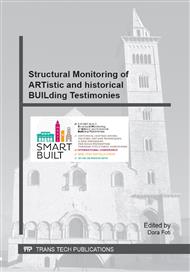p.3
p.9
p.15
p.21
p.27
p.34
p.43
p.49
URFA: The Planned City and the Process of Medievalization
Abstract:
One of the main objectives of this study is to search for the verification of a hypothesis. It is an attempt to understand if it is possible to apply the method developed by the Italian School of Typology to read the planned city of Western Europe to other parts of the world and to investigate if this way of planning can also be extended to other zones that have different geographical and cultural properties. Urfa, in fact, is believed to provide a fertile ground with its multi-cultural structure for such a research. It is a city situated in the southeast Turkey, which displays both the characteristics of Turkish and Syrian cultures. The analysis was conducted in various scales; that is, the territorial organism, the urban organism, the aggregative organism and the building organism. The graphic instruments were preferred to be the historic maps above all, the plan that regulates the city and the cadastral maps showing the actual situation that also indicate the recent developments and the distruction of the urban tissue. These reading instruments have been too limited and heterogeneous with respect to what we usually use. Therefore the releif of the most ancient part of the city has been made by the students.1
Info:
Periodical:
Pages:
3-8
Citation:
Online since:
August 2014
Authors:
Price:
Сopyright:
© 2015 Trans Tech Publications Ltd. All Rights Reserved
Share:
Citation:


